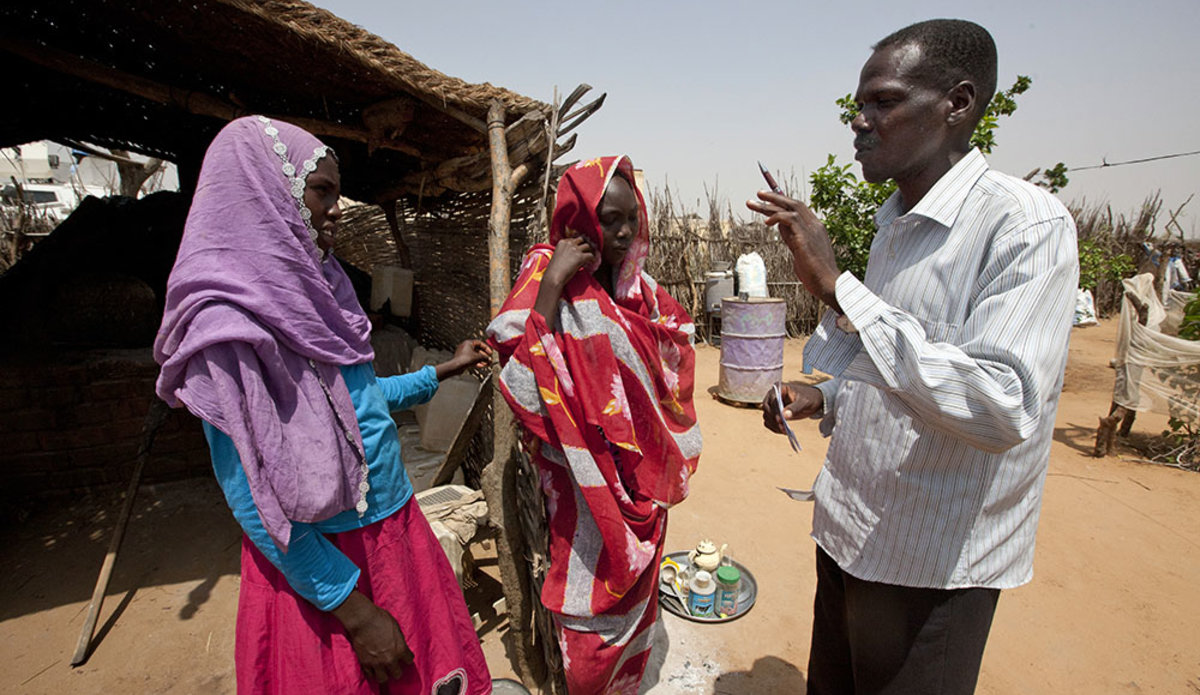Community
Volunteers Work Toward Peace in IDP Camps
At the heart of UNAMID’s new community-policing framework is a focus on more direct coordination with Darfur’s communities to support the safety of displaced people.
By Sharon Lukunka
An increase in criminality is contributing to insecurity in some of Darfur’s internally displaced persons (IDPs) camps. To help curb this violence among the different displaced communities, UNAMID has strengthened its community-policing framework. At the heart of this new framework is a focus on more direct cooperation and coordination with communities, as well as more robust monitoring of criminal activities to support the safety and security of displaced people across Darfur.
“Empowering the community to resolve issues through mediation and reconciliation, along with helping members of the community maintain law and order through more sophisticated neighbourhood watch programmes in the absence of police officers, are the foundations for community policing in Darfur,” says UNAMID Deputy Police Commissioner Syed Imam, who has worked to revamp the Mission’s community-policing strategy in Darfur’s camps.
To date, UNAMID has trained more than 6,500 community-policing volunteers (CPVs) to contribute to a peaceful and secure environment in the region. Mr. Adam Ali, originally from the Jabel Sei area in North Darfur, is one such CPV who has been working with UNAMID Police and with local authorities to implement the new community strategy. When asked why he chose to be a community-policing volunteer, he says he wants to serve as a liaison between the residents of the camps and the local police to provide guidance and advice on how to deal with cases of criminality and violence.
[...]

On 7 October 2012 in El Daein, East Darfur, Mr. Ali Ahmed Mohamed, leader of the Community Policing Programme in the Al Neem camp for internally displaced people, interacts with two girls from the camp. In the Al Neem camp, more than 100,000 people from more than 30 different tribes are living together in close proximity. Photo by Albert González Farran, UNAMID.
 UN
UN United Nations Peacekeeping
United Nations Peacekeeping


